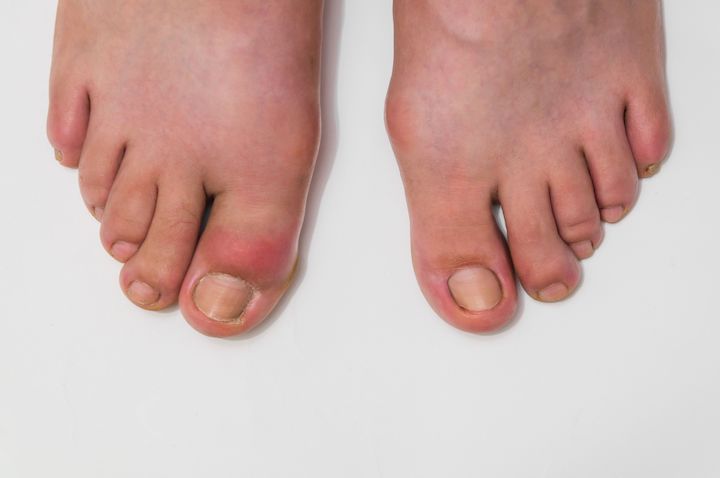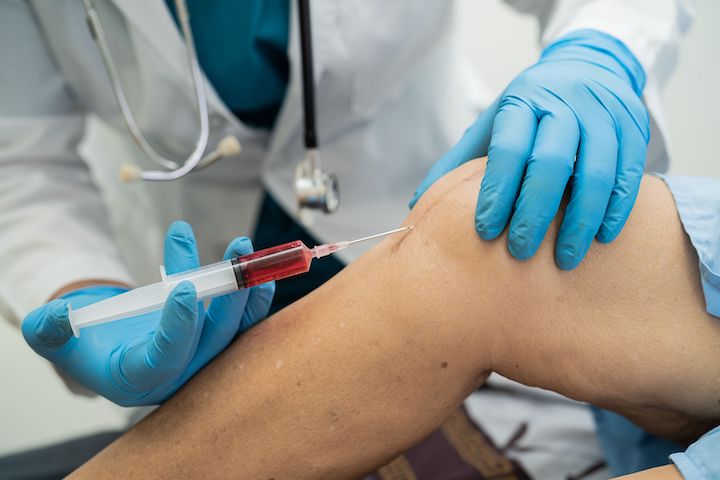Arthritis, a complex family of musculoskeletal disorders, consists of more than 100 different diseases or conditions that destroy joints, bones, muscles, cartilage, and other connective tissues. These conditions can impair physical activity due to pain and joint destruction.
Despite popular belief, it is not just a disease of old age. It can affect and cause pain to people of all ages, genders, and ethnicities, with more than 50 million adults and 300,000 children having some form of arthritis, making it the leading cause of disability in the U.S.
Arthritis is also a prevalent health concern in Australia. According to the Australian Institute of Health and Welfare, as of 2021, around 15% of Australians (about 3.6 million people) have some form of arthritis. Osteoarthritis is the most common type affecting 9% of the population, followed by rheumatoid arthritis affecting about 4% of Australians.
Arthritis does not discriminate and affects people of all ages, including children, but the risk increases as people age. It’s also more common in females than in males. It can significantly impact individuals’ quality of life and functional ability, with many sufferers reporting moderate to severe pain.

Photo Credit: Kindel Media, Pexels
The management and treatment of arthritis in Australia are multifaceted, involving general practitioners, physiotherapists, rheumatologists, and often orthopedic surgeons. The focus is on improving joint function and managing pain through a combination of medication, physical activity, weight management, and in some cases, surgery. There’s a lot of active research happening in Australia to find better treatments and, hopefully, a cure for different forms of arthritis.
Arthritis is not a single disease but rather a way of referring to joint pain or joint disease. There are over 100 types of arthritis and related conditions. Here we will discuss a few of the more common forms:
Osteoarthritis, the most common form of arthritis, is a degenerative joint disease that affects millions worldwide. It occurs when the cartilage – the slick, cushioning surface on the ends of bones – wears away, causing the bone to rub against another bone, leading to pain, swelling, and stiffness. Over time, joints can lose strength, and pain may become chronic. Risk factors include excess weight, family history, age, and previous injury.
Rheumatoid arthritis is a chronic inflammatory disorder affecting many joints, including those in the hands and feet. In this condition, the body’s immune system attacks its own tissue, including joints, causing painful swelling. Over long periods, the inflammation associated with rheumatoid arthritis can cause bone erosion and joint deformity.
Psoriatic arthritis affects some people who have psoriasis – a condition that features red patches of skin topped with silvery scales. Most people develop psoriasis first and are later diagnosed with psoriatic arthritis, but joint problems can sometimes begin before skin patches appear. It features joint pain, stiffness, and swelling, affecting any part of your body, including your fingertips and spine.

Photo Credit: Vitaliy, Canva
Gout is a form of inflammatory arthritis that develops in people with high levels of uric acid in the blood. The acid can form needle-like crystals in a joint and cause sudden, severe episodes of pain, tenderness, redness, warmth, and swelling. Gout is often seen in the big toe but can affect any joint.
Formerly known as juvenile rheumatoid arthritis, it is the most common type of arthritis in children under the age of 16. Juvenile idiopathic arthritis can cause persistent joint pain, swelling, and stiffness. Some children may experience symptoms for only a few months, while others have symptoms for many years.
Each of these types of arthritis has different causes, risk factors, and effects on the body. For all types of arthritis, early diagnosis and treatment can help prevent joint damage. If you have joint pain, stiffness, or swelling for over a few weeks, make an appointment with your doctor.
Arthritis is caused by a reduction in the normal amount of cartilage tissue through wear and tear throughout life. Cartilage is a firm but flexible connective tissue in your joints. It protects the joints by absorbing the pressure and shock created when you move and put stress on them.
Arthritis symptoms can vary greatly depending on the type and severity of the condition. However, most types of arthritis are characterized by issues related to the joints. Some of the most common symptoms may include:
It’s important to note that arthritis can cause symptoms beyond joint pain and stiffness. Some forms of arthritis, like rheumatoid arthritis and lupus, can affect multiple organs and cause widespread symptoms. In such cases, patients may experience fatigue, loss of appetite, and fever. Always consult a healthcare provider if you have persistent symptoms or suspect you may have arthritis.
Diagnosing arthritis involves a comprehensive evaluation of symptoms and a physical examination. Doctors typically look for key signs such as joint swelling, redness, warmth, and limited range of motion.

Photo Credit: Sasirin Pamai, Canva Photos
The diagnostic process often includes the following:
While there is no cure for arthritis, many treatment options are available to help manage pain and keep people active.
Living with arthritis can be challenging, but there are ways to cope with the pain. Regular exercise, a healthy diet, and adequate sleep will help you stay positive and manage your symptoms. Always consult with your doctor about your symptoms and the best treatment plan for you.
Managing your arthritis is a vital aspect of living a fulfilling and pain-free life. People with arthritis often struggle with ongoing pain and swelling, which can greatly impact their daily activities. However, there are various strategies and treatments available to help you manage your arthritis effectively.

Photo Credit: Michelle Leman, Pexels
One of the primary goals of managing arthritis is to achieve pain relief. This can be accomplished through medication, physical therapy, or the use of assistive devices. Additionally, adopting a healthy lifestyle and making certain lifestyle changes can also play a significant role in alleviating pain and swelling associated with arthritis. Regular exercise and maintaining a healthy weight can help reduce stress on joints and improve overall mobility.
Furthermore, alternative therapies such as acupuncture or meditation can complement traditional treatments and provide further pain relief. The treatment process requires a multifaceted approach, but by combining various techniques and seeking the guidance of healthcare professionals, you can find a routine that works best for you and helps you lead a more comfortable and active life.
The main cause of arthritis depends on the type. For instance, osteoarthritis is usually caused by wear and tear on the joints over time, or due to an injury. On the other hand, rheumatoid arthritis is an autoimmune disease, meaning that it occurs when the body’s immune system mistakenly attacks healthy tissue in the joints.
Arthritis treatment typically aims to reduce pain, minimize joint damage, and improve or maintain function and quality of life. It can include a combination of medication, physical therapy, lifestyle changes such as weight loss and exercise, and in some cases, surgery. The treatment plan often depends on the type of arthritis pain, the severity of symptoms, and the patient’s overall health.
The five common symptoms of arthritis include:
It can start at any age. However, the risk of arthritis, particularly osteoarthritis, increases with age. Most people start to see symptoms after the age of 40. Rheumatoid arthritis also often begins between the ages of 40 and 60, while juvenile idiopathic arthritis affects children under the age of 16.